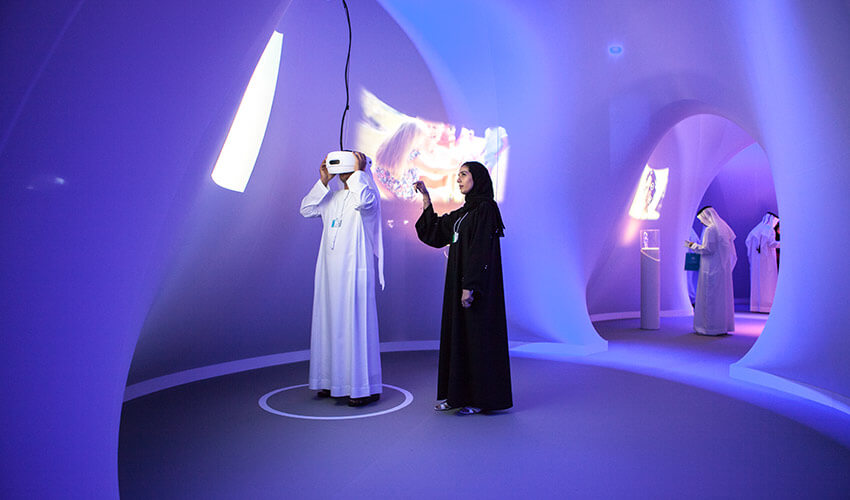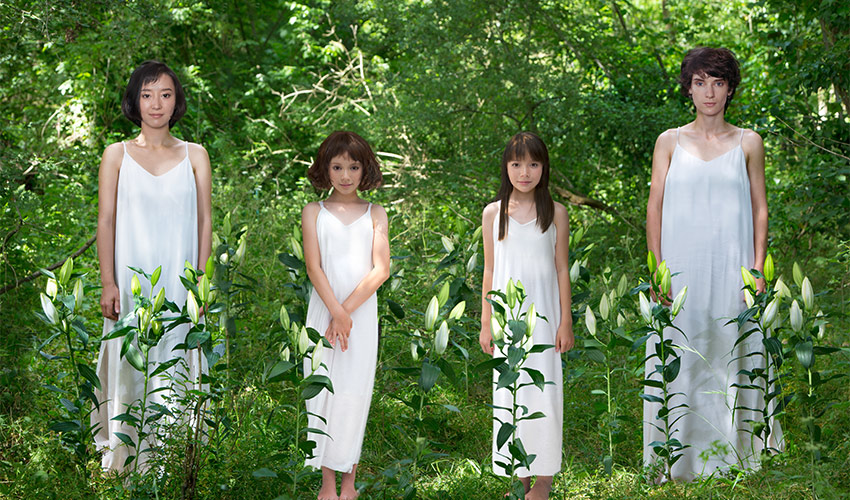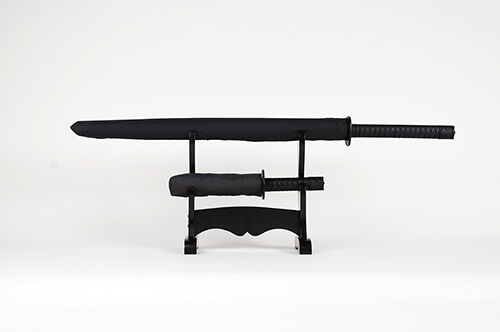Interview by Tony Cho

In the span of the last 20 years, design and design thinking have been disseminated into new roles. Born from a need to account for and create distinctions for these new roles in design, Bruce and Stephanie Tharp have published Discursive Design: Critical, Speculative and Alternative Things as a way of collecting and establishing a framework for understanding these new types of design.
Discursive Design: Critical, Speculative and Alternative Things is a collection of design projects that indicate an emerging paradigm of a more philosophical approach to design. Design practice is no longer only about the commercial production of objects and tools. Nor is it just a thinking methodology for improving businesses or creating brand strategies. With a philosophical edge, these new strands of designs don’t aim to improve anything commercial but, rather, to allow space for an audience to speculate and reflect on complex socio-cultural issues in an engaging way.
Put simply, design for discourse is the main behavioural effect that “discursive” designers intend to communicate to an audience. Not only does the book serve an encyclopedic purpose, archiving projects that are related to discursive design, but it also provides a framework for explaining what discursive design is and provides a framework for understanding discursive design’s pros and cons.
Creating such a collection of works is an attempt to solidify a field that has dodged hard definitions. Bruce and Stephanie Tharp explain a framework for discursive design that unifies the varied definitions of this philosophical and, at times, subversive way of designing. Whether it’s speculative design, critical design, design fiction, adversarial design, and interrogative design, Tharps’ umbrella term “discursive design” aims to unify the collection of projects in the two decades that are known to have taken design outside of its more traditional context. The comprehensive nature of the book may call into question how these projects may be all connected, or even if they need to be connected at all, but the existence of such a book is a sign that design is ultimately changing and will be changing in the future. This is something to look forward to as a practice that has traditionally been under a commercial scope has assumed a much more political role.
Both designers and professors at the Stamps School of Art & Design at the University of Michigan work about how design can be a driver for social change and how to best utilise the influence of design in our society. By communicating these opportunities for design to a larger audience, it seems that both Bruce and Stephanie Tharp wants to teach designers to step out of their comfort zone of just making and become researchers, artists, and politicians who can also design in order to drive social change.



Right: Umbrellas for the Civil but Discontent Man, Materious (2008)
For those that are not familiar with your practice; could you tell us a bit about your background and how Materious, your creative studio was born?
We have similar backgrounds in that we both discovered industrial/product design only after getting undergraduate degrees in mechanical engineering. After working at Ford Motor Company Stephanie went to the Rhode Island School of Design’s graduate ID program, and Bruce studied ID at Pratt after a stint in Germany as an Army nuclear weapons officer. Bruce then went on to earn a PhD in sociocultural anthropology at the University of Chicago, studying material culture and consumption and the production and consumption of value while living among the Old Order Amish of Indiana. Around the same time, after working for Amazon and MIT, Stephanie started her teaching career at the University of Illinois at Chicago (UIC).
We met at a design conference—very romantic—and were married a couple of years later. But about a year before, in 2005, we started working together as Materious, our design studio practice, which has always been alongside our full-time teaching. We have been tenured professors at the School of the Art Institute of Chicago, UIC, and now are at the University of Michigan’s Stamps School of Art & Design. Through our studio, we have had the freedom to work on very commercial projects to very conceptual ones. We have patented and licensed new product ideas, self-manufactured small batch and mass products, and have created work for commissions and other exhibitions. And along the way, we have done scholarly and popular writing.
Your latest book is Discursive Design: Critical, Speculative and Alternative Things. Could you tell us a bit more about it? What are the biggest (ethical/philosophical/sociological) challenges for discursive design at the moment?
The impetus for this project came as we began teaching design and had to account for the distinctions between commercial and conceptual practices with our students. While “critical design” had recently entered the field, we had troubles using this within a broader account of design and ended up theorizing practice across four dominant agendas: commercial, responsible, experimental, and discursive. The book project contributes to an expanded notion of design—and, importantly—helps those who want to do discursive design.
We posit discursive design as an umbrella category that includes critical design, speculative design, design fiction, and others, and we establish language, approaches, and frameworks to help designers create and disseminate such work. What’s distinctive across all the various forms of discursive design is their aim of having users/audiences reflect upon substantive and complex sociocultural issues. The challenges are many, but we feel that two of the biggest are designers 1) having adequate knowledge of these topics and being responsible leaders of discussions/debates, and 2) effectively disseminating their work, including and the assembly of publics.
Speculative design and critical thinking have been fairly used as a way of criticism and advancing current design methods, but in recent years -and we were discussing this issue with Benjamin Bratton, too-a growing number of Speculative Design projects seem to be missing their critical and sociocultural punch [like the Audio Tooth Implant by Auger-Loizeau (2001) has]. What is your opinion on the current situation?
Now with at least two decades of recent history, the basic strengths and weaknesses of discursive forms of design have become fairly evident. And just as design’s purview has expanded, so too with discursive design—there are more domains in which it can be used beyond those turn-of-the-century forms of critical design.
We agree that the claims of potent criticality and discernible sociocultural influence are commonly overblown, but there are also roles for softer forms, like when strategic foresight uses forms of speculative design. This speaks to why we think that discourse is a more appropriate descriptor than criticality. So, yes, while the sociocultural punch is often missing where it is expected, we also see possible value across broader applications.
From programmable matter, 3D/4D printing and bio-inspired design, the material (both biological and inert) seem to be more and more blending with the digital, and even a new type of materialism is emerging, where matter is not any more an inert receptacle of form, but active and ever-changing. Where do you predict we are headed in terms of the new digital materialism?
Looking forward, we feel most anxious about advances in genetic engineering—where human life is the designed matter. The implications for this will further exacerbate the gulf between the haves and the have-nots, as well as just about every aspect of social life.
There are so many other possibilities for new forms of digital materialism—good and bad—and this is also why we think that discursive design can be so important. Rather than blind technophilic embrace, the implications are so great that we need deep, cautious reflection and discussion about our many possible futures.
What do you think are the new design trends (technical or conceptual) that will reshape our society in the coming years?
As a consequence of the propagation of design, thinking designers are involved in increasingly complex problem spaces. Systems design will advance and be capable of contributing to more holistic and integrative interventions to the 21st century’s wicked problems. And we also see the continuing advancement of discursive practices and the new domains in which it will operate.
What is your chief enemy of creativity?
Contentment.
You couldn’t live without…
The promise of contentment.






